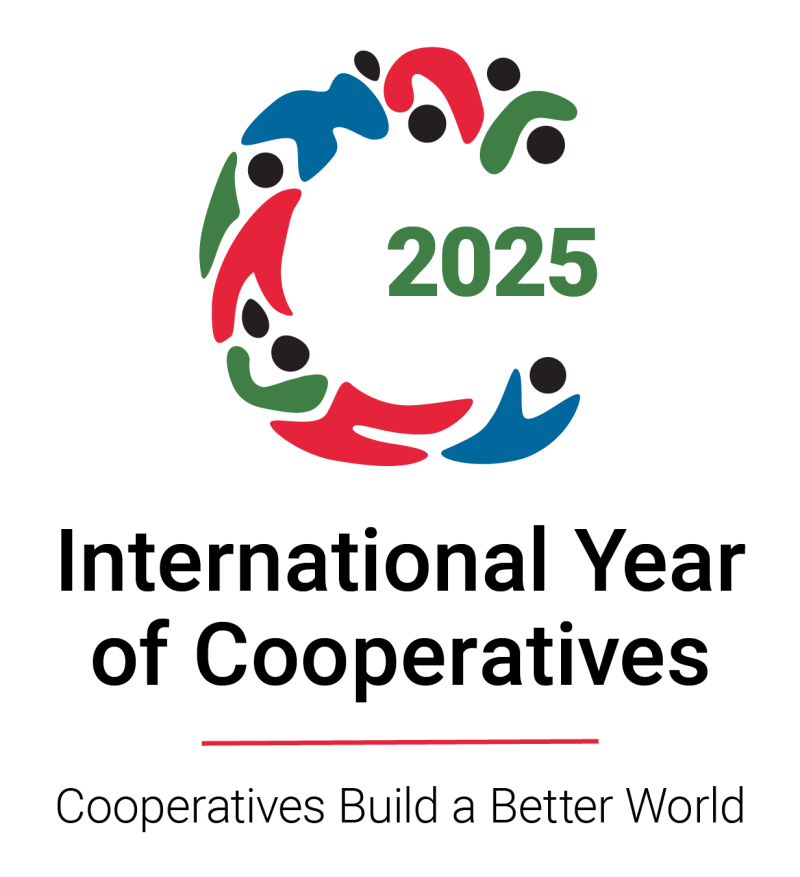Forecasting Agricultural output using Space, Agro-meteorology and Land based observations (FASAL)
Component-wise details of the Scheme:
The scheme has the following partner agencies:-
- India Meteorological Department, New Delhi
- Institute of Economic growth, New Delhi
- Space Application Centre, Ahmadabad
- National Remote Sensing Centre, Hyderabad
India Meteorological Department
India Meteorological Department (IMD) has been developing crop yield forecasting models based on multiple correlation and regression techniques in collaboration with Agromet Field Units (AMFUs) using both Statistical and Crop Growth Stimulation Models. Crop yield forecast of major crops is issued at mid-season and pre-harvest stage using agromet models during Kharif as well as Rabi season for crops.
Presently, IMD has been providing crop yield forecast in respect of Rice, Jute, Cotton and Sugarcane during Kharif season and Wheat, Potato, Mustard and Sorghum during Rabi season to MNCFC for the preparation of forecasts based on Remote Sensing.
Institute of Economic Growth (IEG)
IEG provides State level / National level forecast of area, yield and production forecasts in Kharif and Rabi Season at pre-sowing (F0) and sowing (F1) stage based on Econometric models. Main functions/objectives of IEG related to FASAL are as follows:-
- To develop econometric models for providing forecasts at National and State level for major crops.
- Using Econometric Analysis to make crop-forecast at pre-sowing stage and Plantation stage.
- Providing forecasts of area and production of selected crops based on economic parameters much in advance of the estimated generated by conventional system.
So far, IEG was providing forecast for 12 crops at pre-sowing(F0) and sowing stage(F1) for Kharif season and for 9 crops at pre-sowing(F0) and sowing(F1) stage for rabi season selected stages.
IEG has now been mandated to give monthly forecast of Area and Production of 13 major crops under RTISA. IEG has started submitting monthly forecast to CFCC Division of DES.
Space Application Centre (SAC), Ahmedabad
SAC, Ahmedabad develops Remote Sensing Methodology for 11 Crops. SAC provides forecast at the mid season & pre-harvest stage of crop growth when crop is visible on the ground and crop coverage is amenable to RS techniques. So far, Remote Sensing (RS) methodologies in respect of 8 crops i.e., Wheat, Rice (Kharif), Potato (winter), Rapeseed & Mustard, Jute, Rabi Sorghum, Sugarcane and Cotton have been transferred to Mahalanobis National Crop Forecasting Centre (MNCFC). The methodologies in respect of rest of the crops i.e. Kharif Sorghum, Kharif Maize, Pearl Millet, Finger Millet and Groundnut are being under development.
National Remote Sensing Centre (NRSC)
NRSC has been providing satellite data to MNCFC for operationalizing the remote sensing methodologies developed by ISRO. The main function of NRSC data Centre is to purchase various satellite data for different crops during Kharif and Rabi season for MNCFC in order to operationalize the RS methodologies developed and transferred by SAC Ahmadabad to MNCFC.
All the operational components of FASAL and NADAMS project are, therefore, being transferred from SAC, Ahmedabad and NRSC, Hyderabad to the MNCFC. Further refinement & development will continue to take place in SAC and NRSC.
Funds released:
The funds are released to the implementing agencies viz (i) Space Application Centre, Ahmedabad (for developing / fine tuning of RS methodology), (ii) India Meteorological Department, Delhi (Agromet component) and (iii) Grant-in-aid released to Institute of Economic Growth (Econometric models) in 2 installments every year.
Monitoring/Reporting mechanism
The FASAL scheme is implemented by MNCFC and Coordination & Budget Management is being done by DES (CFCC). Scheme is being evaluated by third party regularly.
Last updated : 13-12-2021, 11:33 AM







